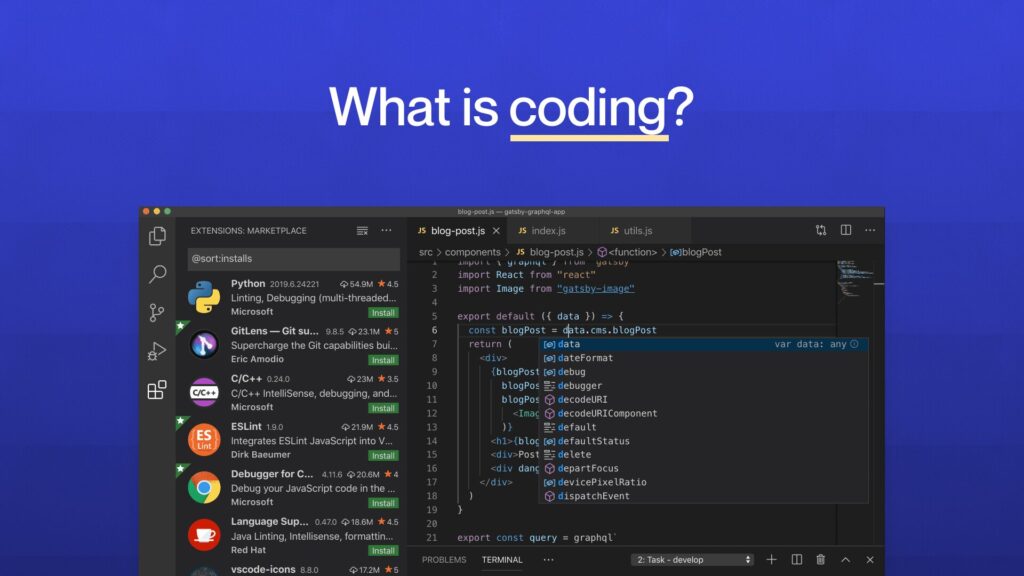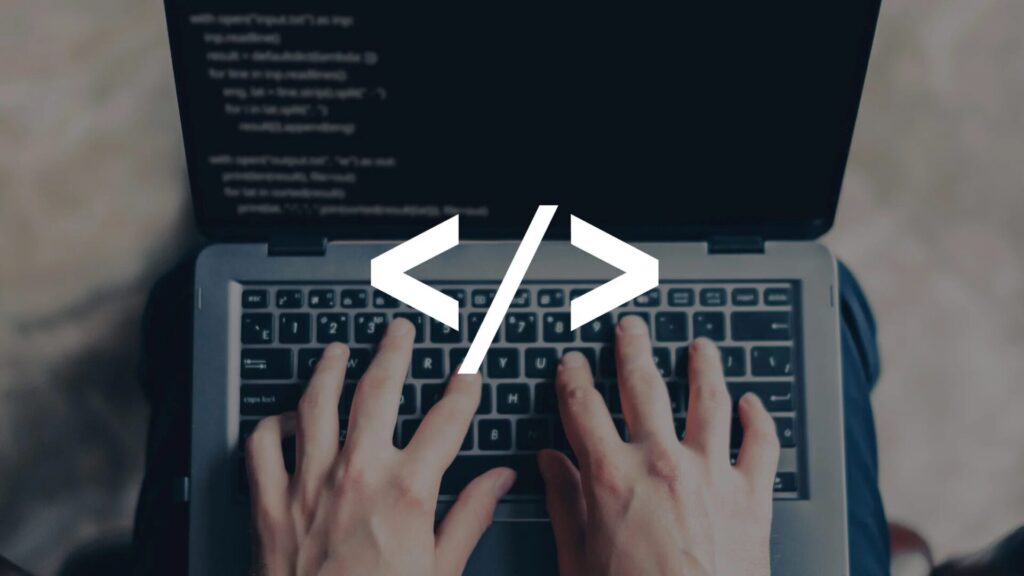Learning to code might seem daunting, but the journey to becoming a programmer can start in as little as 30 minutes. With technology playing a bigger role in our lives every day, coding has become one of the most valuable skills for professionals across all fields. In this article, we’ll walk you through the basics and provide a roadmap to get started quickly. Whether you’re interested in web development, software engineering, or data science, these beginner-friendly steps will have you coding in no time!

Why Start Coding?
Coding skills open up a world of opportunities, from building personal projects to landing high-paying jobs. Understanding code enables you to create, automate, and solve problems in innovative ways. For those aiming to dive deeper, coding can lead to careers in fields like software development, cybersecurity, and even data science training.
Thanks to the rise of programming courses and online IT courses, you don’t need a formal degree to learn to code. Beginners can start with simple languages and progress at their own pace through free and paid resources.
Step 1: Choose a Beginner-Friendly Language
When starting, it’s best to pick a language that’s simple yet versatile. Python is widely recommended for beginners due to its easy-to-read syntax and broad applicability in fields like web development, data analysis, and machine learning. Another excellent choice is JavaScript, which is essential for web development and widely used in interactive web applications.
Here’s a quick comparison of beginner-friendly languages:
- Python: Great for general programming, data science, and automation.
- JavaScript: Essential for front-end and back-end web development.
- HTML & CSS: Fundamental for designing web pages and a good starting point for those interested in web development.
For beginners, these languages provide a smooth introduction and form a strong foundation for more advanced coding concepts.
Step 2: Set Up Your Coding Environment
Getting started with coding doesn’t require expensive software. In fact, you can begin with free tools that are easy to set up:
- Text Editor: Install a simple text editor like Visual Studio Code or Atom. These editors offer features like syntax highlighting, which makes reading and writing code easier.
- Python & JavaScript Environments: Python comes with an interactive shell you can use right away. For JavaScript, you can start coding directly in your browser’s developer console.
- Online Coding Platforms: Platforms like Replit and CodePen let you write and test code without any setup, making them perfect for quick experimentation and practice.
By setting up your coding environment, you’ll be able to write, test, and run code instantly, which is essential for building coding confidence and developing skills.
Step 3: Write Your First Program
One of the simplest ways to start coding is by writing a “Hello, World!” program. This basic exercise introduces you to coding syntax and gives you a sense of accomplishment.
Here’s how to write a “Hello, World!” program in Python and JavaScript:
Python:
pythonCopiar códigoprint("Hello, World!")
JavaScript:
javascriptCopiar códigoconsole.log("Hello, World!");
After running this code, you should see “Hello, World!” displayed on your screen. It may seem simple, but this small step is crucial for learning syntax and understanding how code executes. From here, you can start experimenting with variables, loops, and functions.
Step 4: Practice with Simple Projects
Once you understand the basics, practice by creating small projects. Building projects helps solidify your learning, improves problem-solving skills, and keeps you motivated. Here are some beginner-friendly project ideas:
- Calculator: Build a simple calculator that can add, subtract, multiply, and divide numbers.
- To-Do List: Create an interactive to-do list where you can add, edit, and delete tasks.
- Guess the Number: Write a game that lets users guess a randomly generated number.
Platforms like freeCodeCamp, Codecademy, and Coursera offer coding tutorials and hands-on exercises that guide you through building real projects. These projects introduce you to important concepts in software development and teach you how to structure and organize code.
Step 5: Join Coding Communities for Support
Learning to code can be challenging, but you don’t have to go through it alone. Joining coding communities offers support, motivation, and a place to get answers to your questions. Popular coding communities include:
- Stack Overflow: A Q&A site where you can ask coding questions and find solutions to common problems.
- Reddit: Subreddits like r/learnprogramming are filled with beginners and experienced developers sharing resources and advice.
- GitHub: Explore open-source projects and contribute to code repositories to gain practical experience.
Communities are also a great way to discover online IT courses and programming courses that other beginners have found helpful. Connecting with others who share similar goals can make your learning experience more enjoyable and effective.
Step 6: Consider Formal IT Training or a Coding Bootcamp
If you’re serious about coding and want to fast-track your progress, consider enrolling in formal IT training or a coding bootcamp. Coding bootcamps offer intensive, short-term programs that teach you job-ready skills and help you build a strong portfolio. Bootcamps are particularly valuable for those aiming to enter fields like software engineering and data science.
If a bootcamp isn’t feasible, online platforms like Coursera, edX, and Udacity provide a wide range of IT certifications and tech skills training programs that can enhance your resume and credibility in the industry.
Step 7: Keep Learning and Experimenting
Coding is a skill that requires continuous practice. Once you’re comfortable with the basics, challenge yourself with more complex tasks, like building larger projects or learning a new language. Here are some advanced areas to explore as you progress:
- Web Development: Learn HTML, CSS, and JavaScript to build and design websites.
- Software Engineering: Dive into algorithms, data structures, and object-oriented programming.
- Data Science: Use Python for data analysis, visualization, and machine learning.
- Cybersecurity: Explore the fundamentals of securing networks, systems, and data.
Exploring different fields can help you discover your niche in tech, whether it’s web development, software engineering, or cybersecurity training. Many online platforms offer advanced coding courses that dive deeper into these fields, allowing you to build on your skills and specialize.

Start Your Coding Journey Today
Learning to code can seem intimidating, but by following these steps, you’ll quickly gain confidence and foundational skills. Start with a beginner-friendly language, write your first program, and practice with small projects. Joining communities and considering formal IT training or a coding bootcamp can provide additional support and structure.
Coding is a powerful skill that opens up numerous career paths, from software development to data science. With the right resources and a consistent approach, you’ll be amazed at how quickly you can go from complete beginner to competent coder. So why wait? Start your coding journey today and unlock new possibilities in the tech world!



